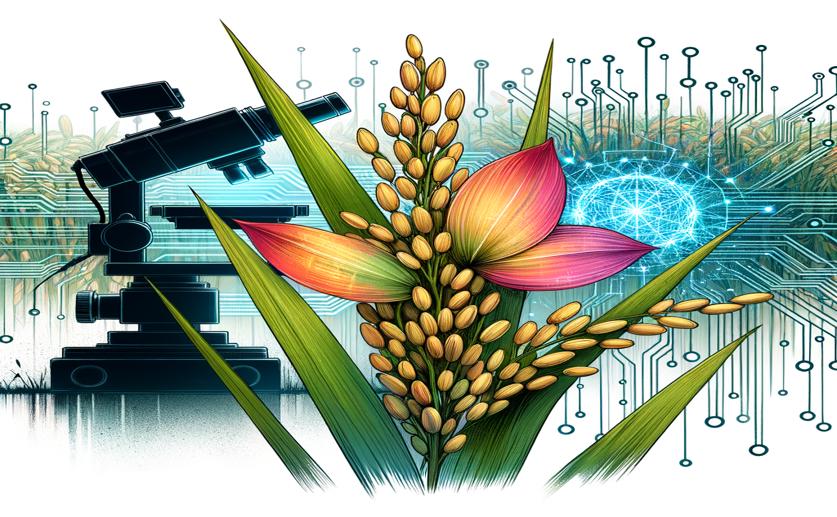
Detecting Rice Disease Early with Advanced Imaging and AI Technology
Jim Crocker
22nd May, 2024

Image Source: Natural Science News, 2024
Key Findings
- Researchers from Zhejiang University developed a new method to detect Bakanae disease in rice using hyperspectral imaging and deep learning
- The deep learning model, RBD-VGG, achieved 92.2% accuracy on the 21st day and 79.4% accuracy on the 9th day of infection
- This method allows for early and accurate detection of the disease, enabling timely intervention and better disease management
AgricultureBiotechPlant Science
References
Main Study
1) Early surveillance of rice bakanae disease using deep learning and hyperspectral imaging
Published 21st May, 2024
https://doi.org/10.1007/s42994-024-00169-1
Related Studies
2) Hyperspectral imaging with shallow convolutional neural networks (SCNN) predicts the early herbicide stress in wheat cultivars.
3) Mapping quantitative trait loci responsible for resistance to Bakanae disease in rice.
4) Biological Control of Rice Bakanae by an Endophytic Bacillus oryzicola YC7007.



 12th May, 2024 | Jim Crocker
12th May, 2024 | Jim Crocker